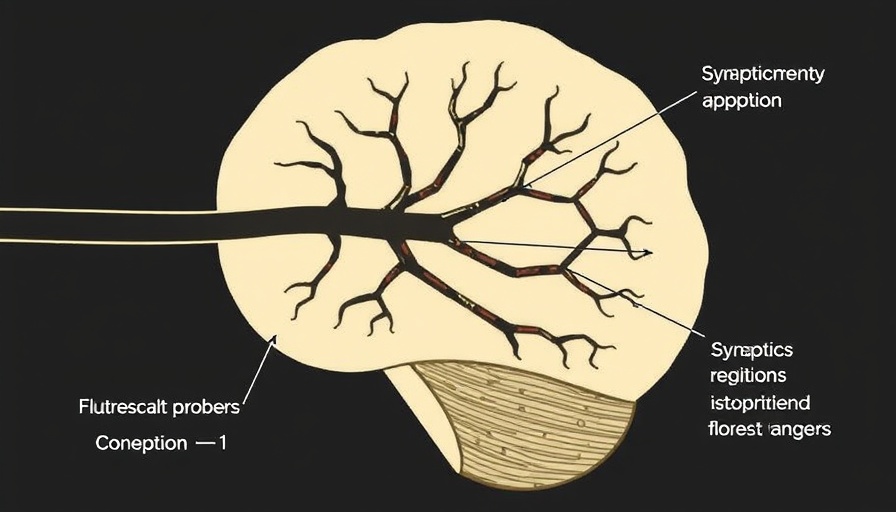
Understanding Rugby Injuries: A Growing Concern
Rugby is a sport that combines speed, strength, and strategy, making it a thrilling spectacle for players and fans alike. However, one of the sport's most alarming challenges is the potential for concussive injuries. This has prompted a need for better protective measures, including headgear designed specifically for rugby players. But recent studies reveal that while headgear may reduce the risk of impact injuries, it cannot completely prevent concussions. This nuance is critical for health practitioners advising athletes and parents.
Impact of Headgear: A Breath of Hope Despite Limitations
The initial promise of rugby headgear was to ensure player safety by minimizing the effects of head impacts. However, findings suggest that these helmets do not significantly lower the likelihood of concussions. This raises important questions for healthcare providers: How can we effectively manage these risks? A focus on advanced materials could provide an answer.
Innovative Materials: The Future of Protective Gear
Recent advancements in material science show promise for improving headgear performance. By integrating softer, more absorbent materials designed to disperse energy upon impact, researchers hope to mitigate the effects of concussive forces over the long term. This shift in design aligns with recommendations for sports safety and player health, particularly as athletes participate in the sport for more extended periods.
Real-World Applications: Lessons from Other Sports
Other contact sports like football and ice hockey face similar challenges regarding head injuries. Innovations in these sports can serve as blueprints for rugby. For instance, the NFL has been experimenting with materials similar to those being considered for rugby helmets, focusing on energy dissipation capabilities. This cross-sport exchange of ideas is valuable for medical professionals aiming to enhance player safety across all contact sports.
Emphasizing Proper Techniques: Beyond Gear
While innovation is essential, encouraging proper tackling techniques remains paramount. Educating players on how to tackle safely can dramatically decrease the risk of head injuries, making headgear a secondary but crucial measure. Health practitioners can advocate for educational programs emphasizing safe play and critical injury awareness in tandem with new protective technologies.
Concussions in Context: Risks vs. Rewards
The conversation around concussions extends beyond immediate physical dangers; it also encompasses mental health implications. Chronic traumatic encephalopathy (CTE) has become a significant concern for former athletes. As more research emerges on the long-term effects of repeated head trauma, the need for better protective equipment becomes increasingly urgent. Knowledgeable medical professionals must engage in discussions with players and parents about these risks, thus fostering a more holistic approach to athlete welfare.
Looking Ahead: Future Developments in Protective Gear
As we consider enhancements in rugby gear, the direction of research and development will play a critical role. Innovations not only in impact-absorbing materials but also in smart technology—which could alert players and coaches in real-time during injuries—may redefine player safety standards. Maintaining awareness of these advancements is crucial for concierge health practitioners who wish to stay ahead of the curve.
Conclusion: Advocating for Player Safety
In conclusion, while current rugby headgear may not eliminate concussion risks, the exploration of innovative materials can provide protective measures that may ease the cumulative effects of repeated impacts over an athlete's career. For health practitioners, staying informed about new developments in sports safety gear is essential, enabling them to offer the best advice to patients involved in contact sports like rugby. Partnering with coaches and organizations to promote education, proper techniques, and technology in player safety can lead to a safer future for athletes.
 Add Row
Add Row  Add
Add 






Write A Comment